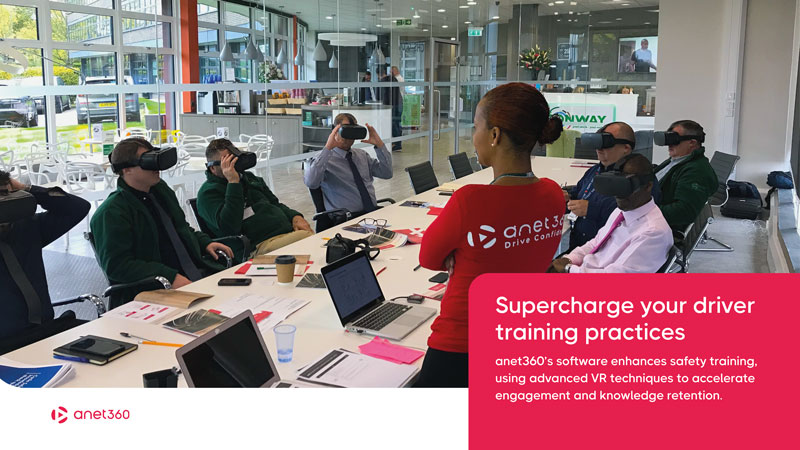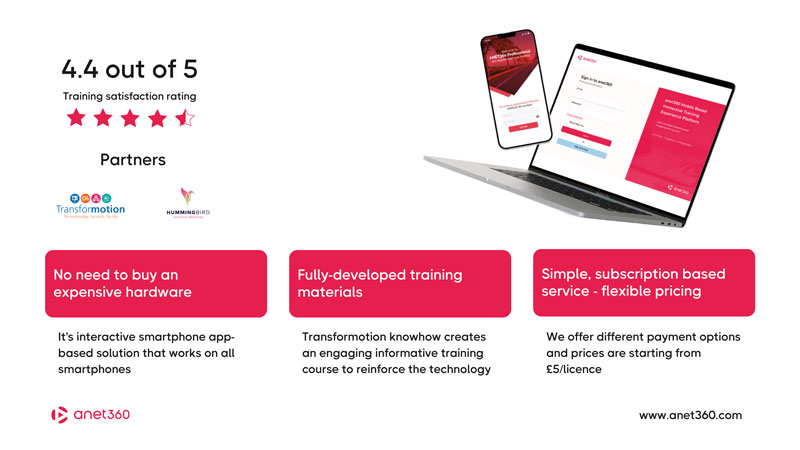
Driver CPC has been with us for quite some time. When it was introduced back in 2008 the idea was to raise road safety standards and enhance the efficiency of thousands of truck and bus drivers across Europe, while also creating a more harmonised approach across the continent.
12 years later, the UK government held a public consultation to explore changes to the Driver CPC arrangements to make it more flexible to reflect modern practices, including allowing up to 12 hours’ of eLearning as part of the 35-hour periodic training requirement.
The consultation proved there was a huge appetite for change and it led to better guidance in the syllabus, more flexibility with the introduction of the eLearning element and more clarity about drivers who are in or out of scope.
Yet the changes didn’t really address what is possibly THE major problem with periodic Driver CPC; that the majority of training still involves 7 hours of a PowerPoint presentation and very little else.
Admittedly it’s difficult to enforce a policy where training providers are required to deliver a blended learning experience involving different tools and / or techniques and of course, there are many fine examples of driver training where PowerPoint is the main, or central, tool.
But all too often drivers have to sit through slide after slide, which limits interaction, engagement and understanding and devalues the experience, leaving many drivers frustrated and critical.
These days companies are keen to invest in soft skills training for office-based staff, where cost is rarely considered when hiring a training provider, yet many managers still focus on the cheapest Driver CPC course when it comes to mandatory driver training.
Our truck and bus drivers spend more time behind the wheel than most of us. They have better skills, honed through hours of training and long periods in charge of complex, heavy machines. They have higher levels of concentration, better hazard perception and the ability to keep to an-often busy schedule (traffic permitting). So why give them a poor training experience? Isn’t it time for fleet operators to recalibrate their thinking when it comes to Driver CPC and for training providers to up their game?
It’s why we’ve decided to do something about it. In our own small way, we want to raise the standard of Driver CPC training to a level that truly reflects the importance of our professional drivers.
Our objective is that by creating a better learning experience we can challenge others to do the same, and ultimately help raise the standard of Driver CPC training in the UK.
In the last couple of years, we teamed up with driver training developer, Transformotion, to create a blended learning experience. Drivers get to use a combination of VR headsets and interactive app technology while training providers get access to engaging content, software, hardware and support to deliver a unique experience, through a simple subscription to suit their business.
Our immersive Safe Urban Driving course means drivers get to experience riding a bicycle in urban areas with a large vehicle close by, from the safety of the classroom using a virtual reality headset featuring 360 video. No need to jump on a bike and go round an industrial estate.
We also developed Interactive Safe Motorway Driving which covers all aspects of driving on a motorway. The course features drone footage, 360 video and graphics to provide a unique perspective.
In both courses we use eye tracking technology to help drivers realise where they might look and why. It includes heatmap and frequency data to reinforce the fact that our eyes may look at areas other than the road.
In 2023 we plan to launch a Safe Rural Driver course, featuring the POV of a horse rider, walker and motorcyclist and focusing on the major risks of driving on rural lanes and country roads.
With our courses, we want drivers to have an engaging, enjoyable experience with Driver CPC; an experience to reflect the fact that they’re professionals who deserve more than sitting in front of someone reading slides from a screen for 7 hours.





